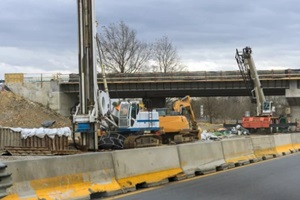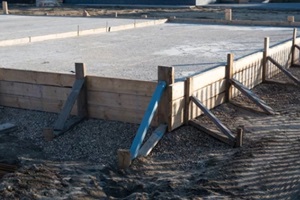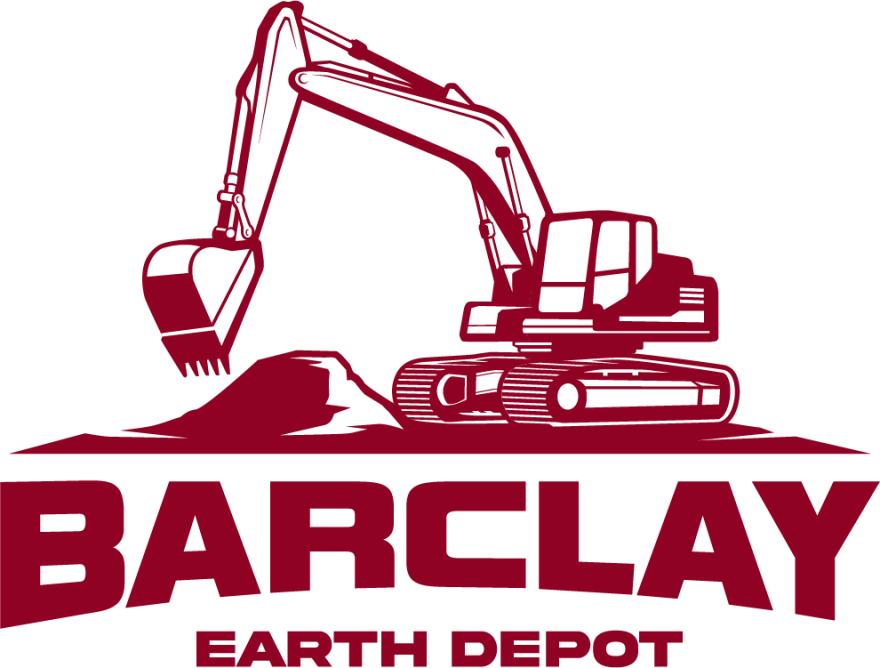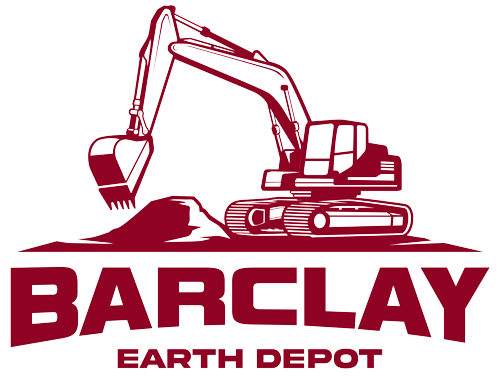 How does a basic material like construction sand factor into building bridges that often represent astounding feats of modern engineering? Well, sand lends properties that are hard to achieve otherwise during construction. From concrete and asphalt to backfill and mortar, sand shows up across applications to ensure bridges stand the test of time.
How does a basic material like construction sand factor into building bridges that often represent astounding feats of modern engineering? Well, sand lends properties that are hard to achieve otherwise during construction. From concrete and asphalt to backfill and mortar, sand shows up across applications to ensure bridges stand the test of time.
How Construction Sand Gets Used to Build Bridges
From concrete forming the bridge deck and piers to the asphalt layer coating the surface to backfill stabilizing around foundations, sand is used everywhere in bridge construction – gaining insight into these key functions reveals why this abundant material proves fundamentally integral across all stages.
Concrete Production
Concrete is the most widely used material in bridge building nowadays. Concrete allows for versatile, sturdy, long-lasting structures – from bridge decks to piers and supports such as abutments.
You can link concrete with qualities such as high strength, durability, and resilience against weather, wear, impacts, and more. After all, we expect bridges to stay intact for decades, even centuries, after opening.
Sand lends those great properties to concrete through its role as a fine aggregate in the mixture. Sand particles provide real benefits, taking up about 30% of concrete by volume. For example, sand forms a rigid skeleton, reducing cracking as concrete cures. For major transportation projects, specifications call for meticulous testing and processing of sand to maximize concrete strength.
Asphalt Surfaces
While concrete constitutes more of a bridge structure by volume, asphalt frequently makes up the top layer where vehicles meet the road. Bridges often shift from concrete builds to asphalt surfaces for traffic to traverse.
Sand coated in asphalt cement binder within asphalt concrete lends stability and durability against cracks from weight, braking, and the elements. Angular sand grains with a rougher texture are the best option, increasing surface traction on bridge decks. Properly graded sand also permits extremely dense, waterproof asphalt to protect the structure underneath.
Backfill Supporting Foundations
 Sand backfill plays a key role in stabilizing soil and foundations for bridges. Backfill refers to engineered materials packed around piers or abutments to anchor them firmly. Sand offers excellent drainage and stability, which is necessary for backfills.
Sand backfill plays a key role in stabilizing soil and foundations for bridges. Backfill refers to engineered materials packed around piers or abutments to anchor them firmly. Sand offers excellent drainage and stability, which is necessary for backfills.
For instance, uniform sand particles lack clay or organic materials that hold moisture, leading to shifts or erosion. Properly tamped sand backfill makes a strong base to prevent erosion around bridge components carrying immense loads.
Binding Mortar
Mortar is a mixture of cement, fine sand, and water for masonry work. In bridges, mortar bonds stones, bricks, or concrete pieces and helps resist movement. However, bridges have expanded and contracted from weather and traffic vibrations for decades. Mortar allows just enough flexibility for this movement while keeping everything together.
Properly graded sand particles lend optimal properties such as workability, bonding strength, and compression capacity to mortar over time. Sand introduces essential plasticity, locking in moisture during curing and hardening, so the mortar gains the strength necessary to endure weathering.
Construction Sand Challenges
Despite its many great qualities, working with sand still poses unique challenges. Sand is ubiquitous worldwide, but bridges amplify the logistical complexities surrounding sand.
Sourcing the Massive Volumes Needed
Modern bridges are among the most significant building efforts ever undertaken. Constructing at the scale of the Golden Gate Bridge in San Francisco or the Millau Viaduct in France imposes staggering logistics to acquire the necessary amount of sand.
Beyond getting such quantities, transporting sand over long distances quickly gets prohibitively expensive, even for well-funded projects. So, dialing in local sand reserves that meet technical specifications and capacity needs is essential for builders.
Maintaining Tight Grading Rules
Naturally, sand grains vary based on local geology. But concrete and similar materials demand very tight sand gradations for peak performance. For instance, concrete strength and life span depend heavily on strict control of fine aggregates.
For this reason, aggregate producers put substantial effort into blending and sieving sand to guarantee suitable particle distributions that meet the stringent requirements of bridge construction.
Eliminating Contaminants
Natural sands can still hide clays, silts, salts, and organics that severely degrade the end result, even if they appear perfectly clean. The resulting problems, such as early corrosion or cracking, endanger the main bridge elements that carry loads. Natural sand undergoes extensive washing, screening, and testing to ensure and verify its purity.
Careful handling and storage procedures prevent air or water from infiltrating approved stockpiles with contaminants. Still, impurities create distinctive complications for construction sands, so prominent projects delegate special engineers to spearhead quality assurance.
Controlling Moisture Content
 Concrete and mortar performance depends heavily on moisture levels during mixing. Excessive moisture compromises strength and workability in fresh mixtures. However, insufficient hydration leads to flaws such as shrinkage cracks, enabling erosion.
Concrete and mortar performance depends heavily on moisture levels during mixing. Excessive moisture compromises strength and workability in fresh mixtures. However, insufficient hydration leads to flaws such as shrinkage cracks, enabling erosion.
Since stored sand gets exposed to rainfall, moisture content easily fluctuates, so mitigation is essential by taking steps such as covering stockpiles. Furthermore, strict monitoring batch-to-batch stops any variability that could critically hurt bridge builds.
Trust Barclay Earth Depot for Quality Bridge Construction Sand
Sand gives bridges long-lasting strength and support through concrete, asphalt, backfilling, and mortar bonding. However, sourcing massive volumes of sand for complex projects requires specialized expertise.
Barclay Earth Depot understands strict structural specifications. We supply rigorously tested construction sand to give transportation crossings resilience decade after decade. Contact us today at (941) WE-DIG-IT or online to order premium materials from qualified professionals.

